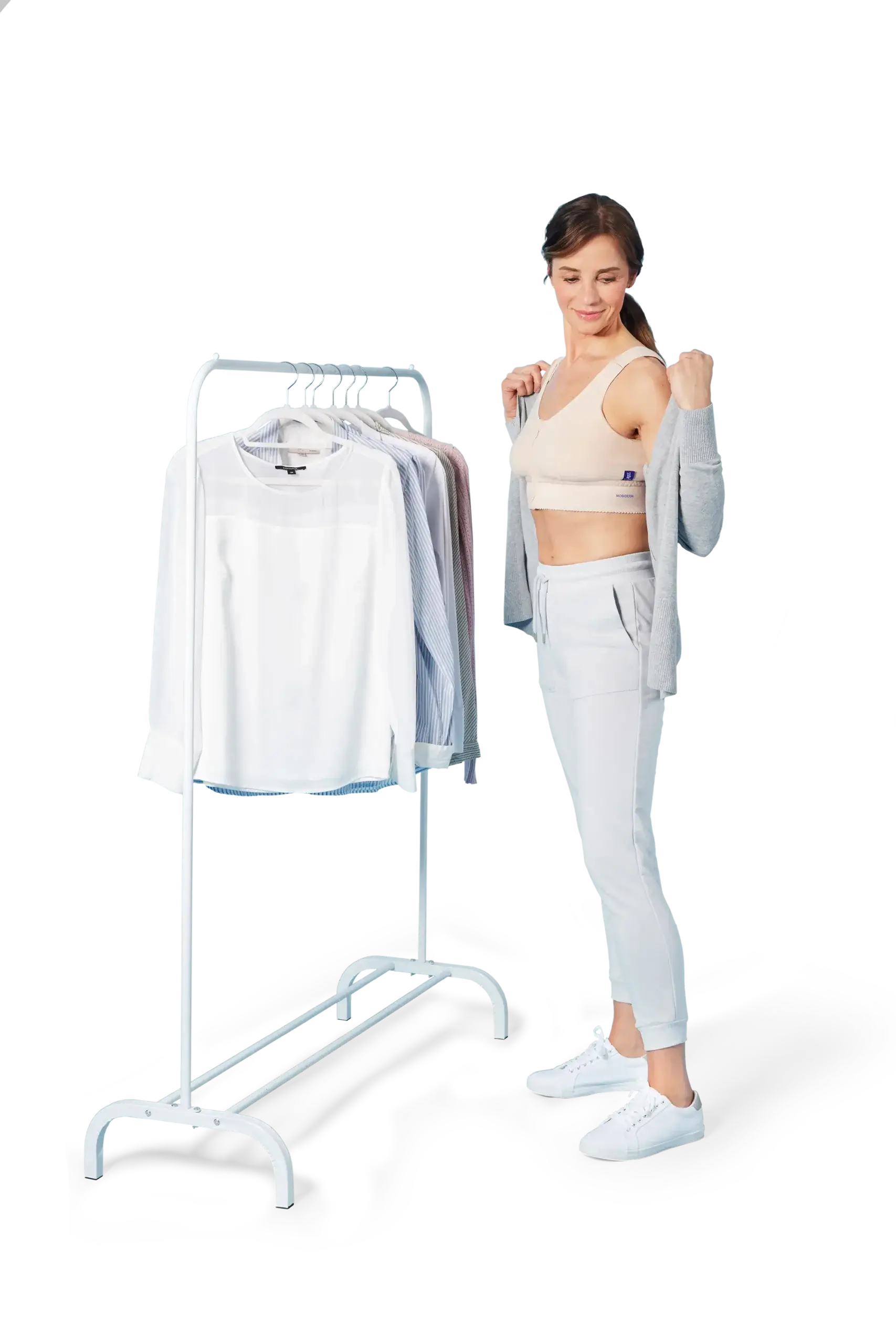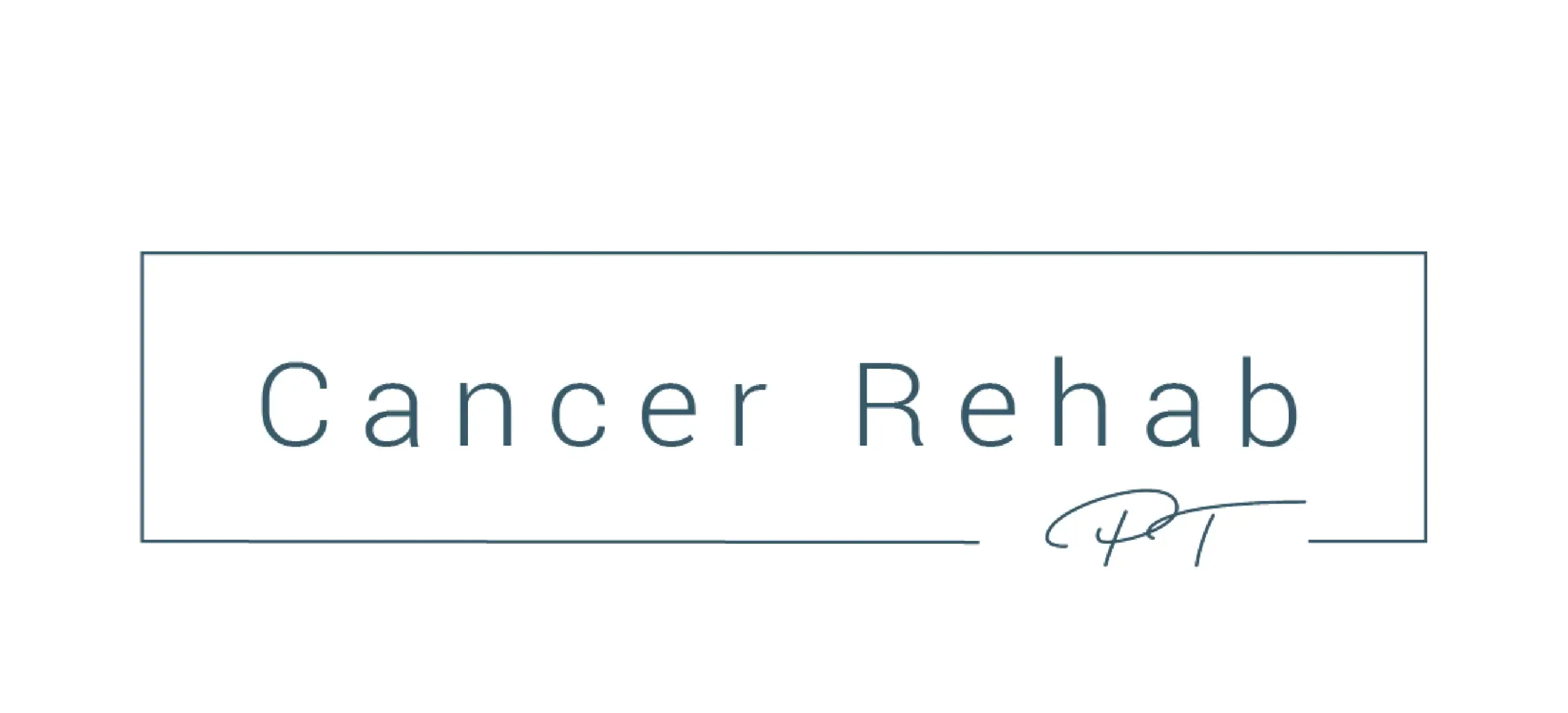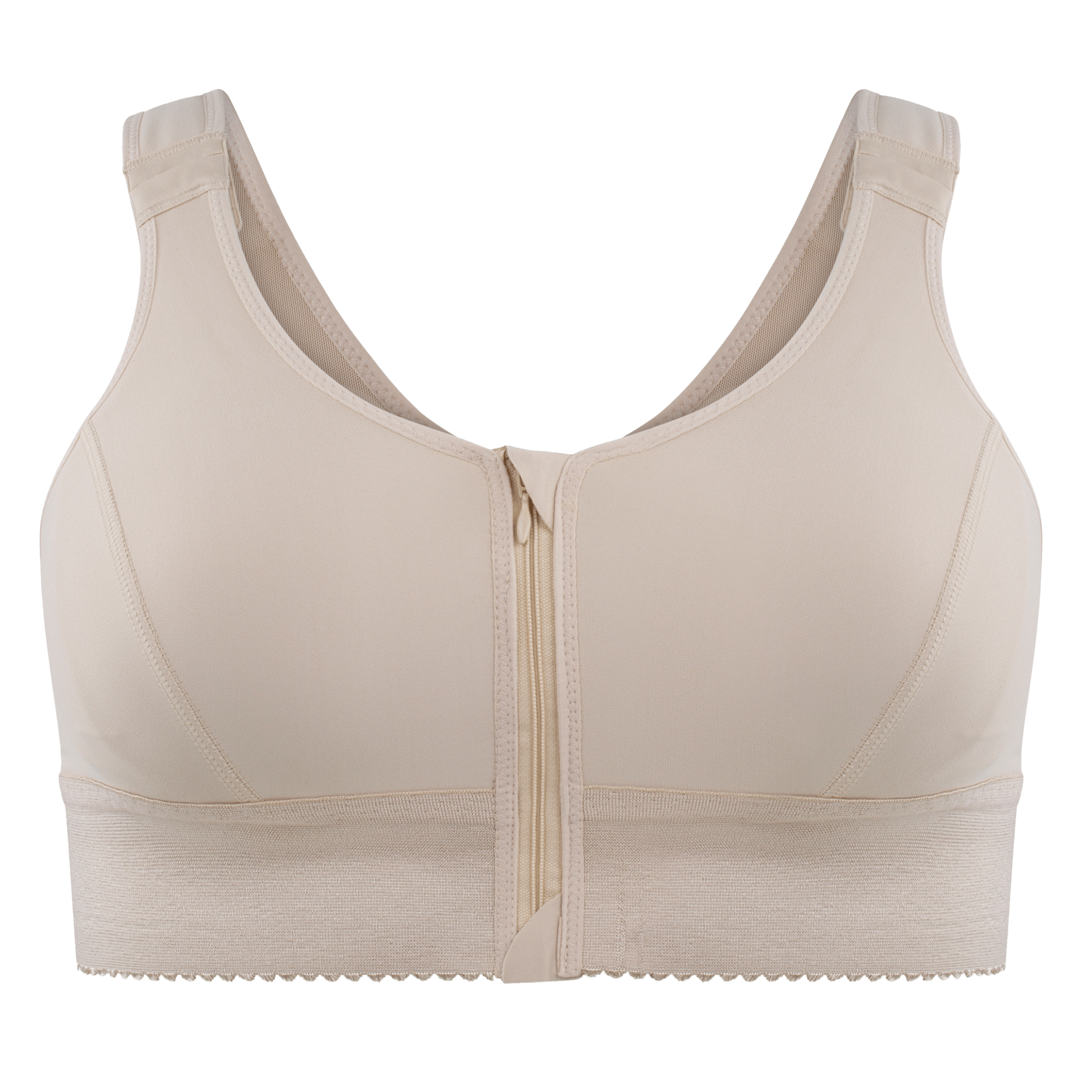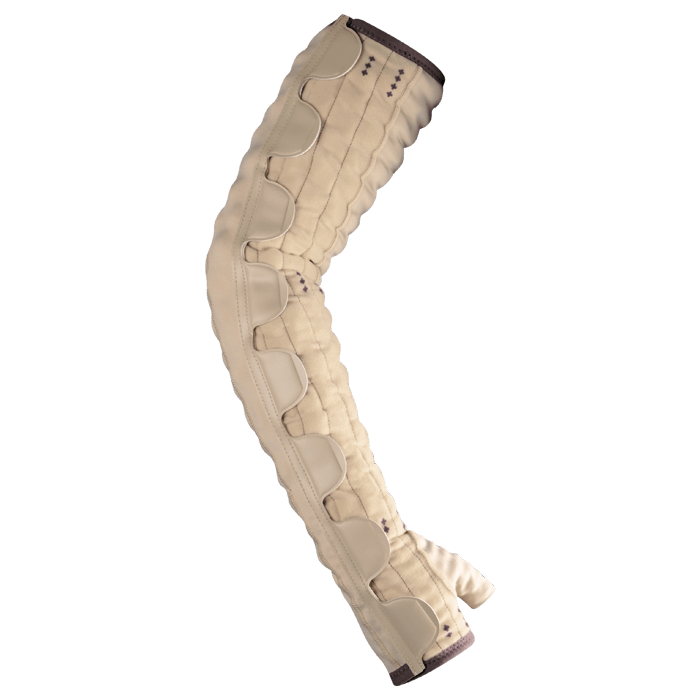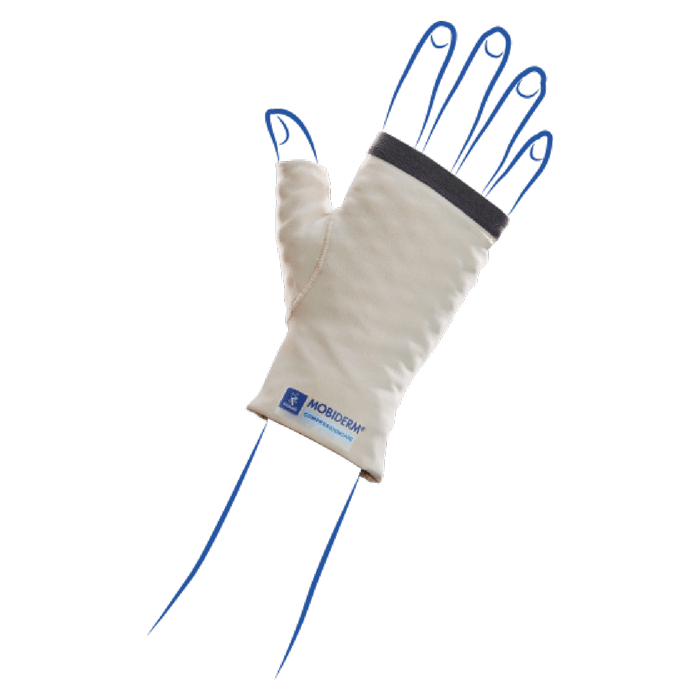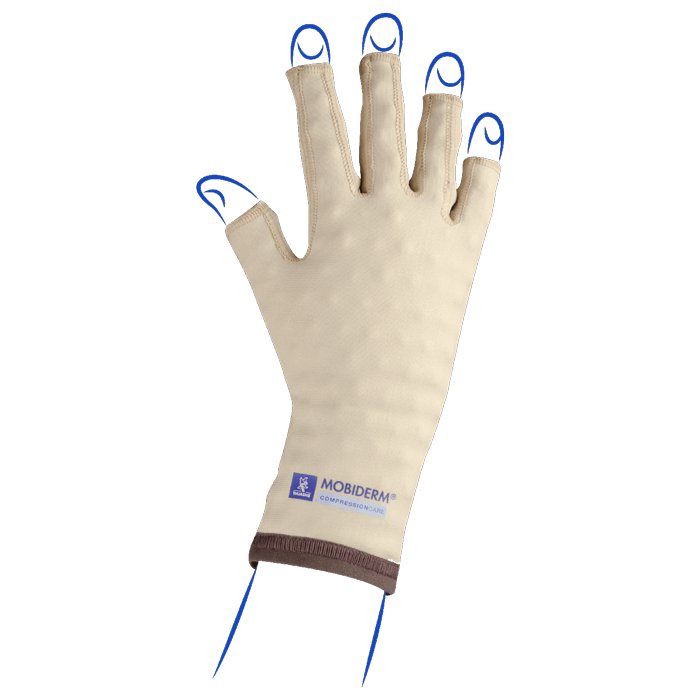Swelling and Lymphedema
Should You Be Concerned About Lymphedema?

What is Lymphedema?
Lymphedema is an abnormal swelling that develops within the lymphatic system. It happens when the lymphatic system is damaged, and lymph fluid cannot clear fast enough causing a buildup. Typically, the lymphatic system circulates lymph, which is a clear fluid that removes waste, bacteria, and other substances from the body.
Symptoms of Lymphedema
Have you noticed one or more of these symptoms?
- Changes in skin texture or appearance, including tightness, itching, rash, redness, or hardening
- Achiness, tingling, discomfort, sensation of fullness or heaviness in the arm, hand, breast, chest, or underarm
- Decreased flexibility in nearby joints, such as the shoulder, hand, or wrist
- Bursting or shooting pain sensations, or pins and needles
- Elbow tenderness
- Slight swelling in your arm, hand, breast, or chest with a temporary indentation of the skin when you press it with your finger (pitting edema)
- Fever or flu-like symptoms
*Source: Breastcancer.org

How to Manage Lymphedema
Once it develops, lymphedema cannot be cured. It can, however, be managed effectively with various treatments. Treating lymphedema can help reduce pain and swelling in the affected arm and improve movement. While reversing the damage to the lymphatic system cannot be achieved, effective lymphedema treatment can decrease fluid buildup, helping to prevent complications.
Methods for Managing Lymphedema
1. Manual Lymphatic Drainage
Ask a therapist to teach you manual lymphatic drainage massage techniques that you can use at home.
2. Check Your Measurements Regularly
This helps to identify early stage lymphedema, as well as ensures you have a comfortable, well-fitting bra.
3. Moisturize
Use non-irritating and fast-absorbing moisturizers to care for and protect skin that is stressed by edema and compression.
4. Wear Comfortable Clothing
Choose socks without elastic bands; bras with wide straps; shoes with low to medium heels. Avoid wearing tight rings or watches on the affected arm.
5. Get Active
Try low impact activity, such as walking, swimming, or aqua jogging. Activating the muscles will promote diaphragmatic breathing and muscular pumping, which helps to remove lymphatic fluid from the arms and legs. In addition, regular activity improves the oxygen supply to all organs.
6. Stay in the Shade
A cool, shady spot outside is better than direct sunlight.
7. Boost Your Skin Protection
Avoid injury to the hands by wearing gloves when gardening or washing dishes. Wear insect repellant when necessary to avoid insect bites.
8. Relax
Don’t let yourself get physically or mentally overloaded. Do things that help you to relax and feel calm.
9. Rely on Your Healthy Side
Have blood pressure measurements and blood samples taken from your unaffected side.
10. Sleep Protection
Avoid lying on the affected part of your body while sleeping.
11. Wear Compression
Wearing a compression garment for the day like the Easy Lymphedema line and nighttime like the Mobiderm Autofit or Standard for hands and arms – plus the Mobiderm Intimate Bra can help to move lymphatic fluid and reduce swelling.
